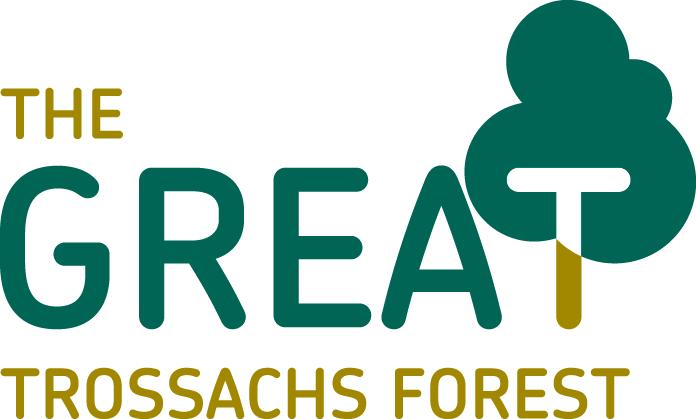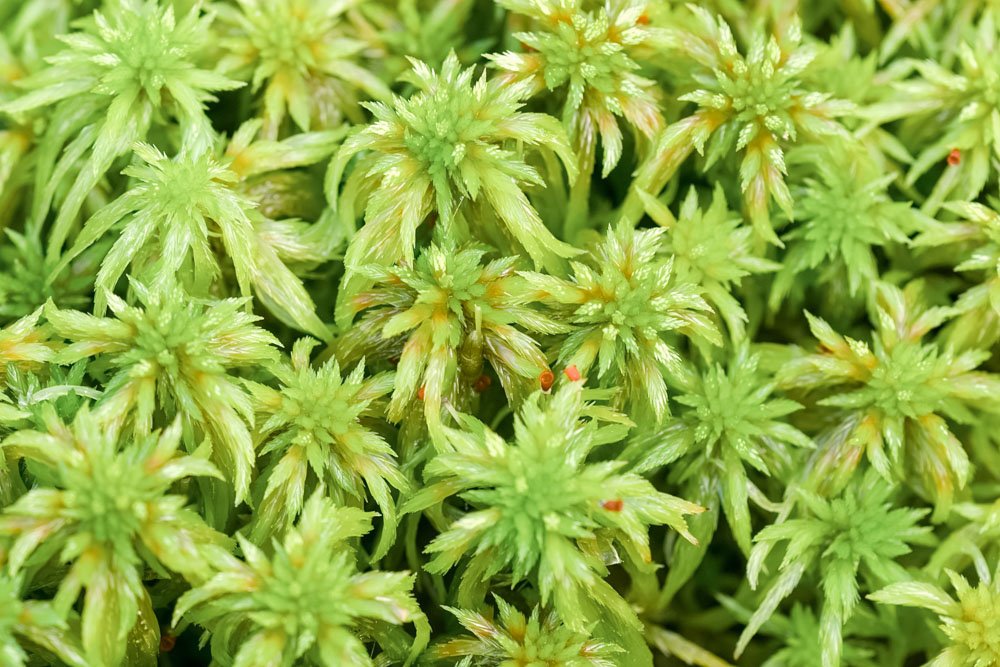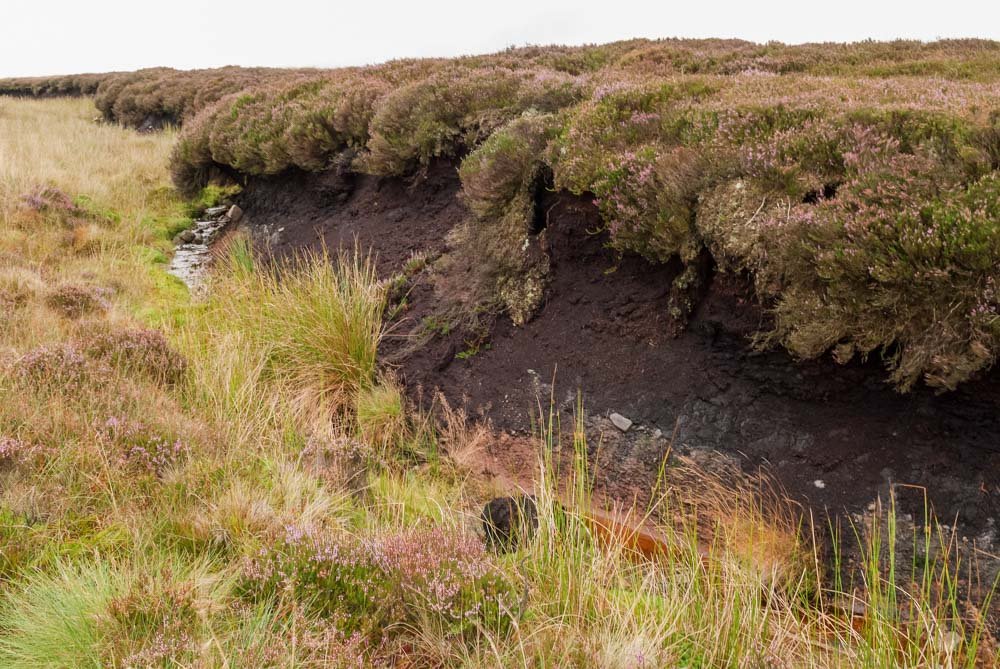
Restoring Peatlands
Peatlands are vitally important for the remarkable services they provide us with. Unfortunately, an estimated 80% of Scotland’s peat bogs are degraded due to land management practices such as drainage, burning, overgrazing, and extraction that cause peat to dry out and emit CO₂ back into the atmosphere. Once restored however, a healthy peatland ecosystem will store carbon and remove CO₂ from the atmosphere, filter drinking water, reduce flood risk, and provide a home to highly adapted and rare wildlife.
So many free services are possible because of a group of mosses collectively known as sphagnum. These primitive plants are remarkably good at holding onto water which give peatlands a sponge like ability to store huge quantities. Like other plants, sphagnum absorbs carbon through photosynthesis but the saturated environment it creates inhibits decay so the peat that forms can store carbon for thousands of years.
Only relatively recently have we appreciated the wide-ranging benefits of peatlands, and great efforts are now being made to reverse the damage.
In The Great Trossachs Forest, with support from Peatland ACTION, a variety of different techniques are being used to rewet bogs and return them to peat-forming conditions. Man-made drains and gullied erosion features are being blocked with peat and timber dams, diggers are reducing the steepness of peat hags, and bare peat is covered with locally harvested turf or mulch and in places spot planted with sphagnum plugs. This essential work is critical to tackling the twin crises of climate change and biodiversity loss.


